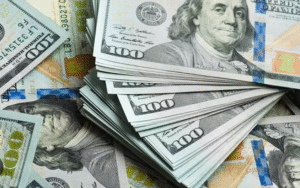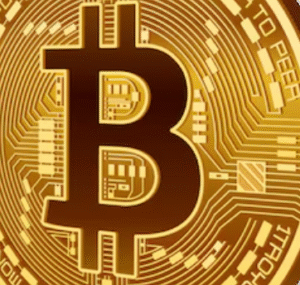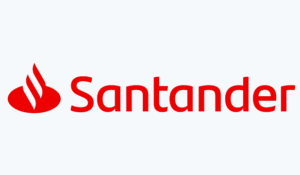$BHP $GLNCY $MP
#WWII #RareMetals #CommodityPrices #StrategicResources #CriticalMinerals #MetalsMarket #Investing #GlobalEconomy #WorldWarHistory #Hyperinflation #SupplyChain #MarketTrends
More than a century ago, a Nova Scotia-based vessel set sail carrying an unassuming cargo that would ultimately come to symbolize both economic and strategic value. This happened during a time when international trade revolved around commodities like coal, grain, and timber, making this particular metal seem trivial. The ship’s intended destination was Wales, where the hope was to cash in on this material and turn it into profit. Tragically, the voyage was cut short by a German U-boat attack in the frigid waters of the Atlantic during World War I. The ship, along with its obscure yet crucial cargo, sank to the seabed, left to be forgotten. Although then regarded as insignificant, history would later reveal the strategic importance of this rare metal—a revelation that shaped the course of wars and economies in the years to follow.
The metal in question, whose full value became evident during World War II, played an indispensable role in the Allied efforts to outmatch Axis forces. Its unique properties made it critical for crafting parts in advanced weaponry, planes, and machinery, which required materials capable of withstanding immense stress and temperatures. As the war escalated, demand soared, driving economies to invest heavily in its extraction and production. Fast forward to today, this metal is once again drawing attention as prices surge amidst a changing global landscape. Factors like geopolitical instability, renewed emphasis on technological innovation, and rising global military budgets are bolstering demand. Mining giants like $BHP and $GLNCY, along with specialty producers like $MP, are increasingly under the spotlight, as investors look to tap into this trend.
Market analysts predict that this metal’s resurgence aligns with broader themes reshaping the global economy, from electrified transport systems to renewable energy. Given its scarcity and applications in emerging technologies, including advanced batteries and superconductors, demand is likely to remain elevated. At the same time, supply-chain constraints—exacerbated by geopolitical tension and restrictive export policies—have tightened global availability, fuelling price spikes. Investors who earlier dismissed opportunities within commodities markets are now scrambling to include these rare metals in their portfolios. Institutional buying has picked up the pace, with commodity exchange-traded funds (ETFs) focused on rare metals seeing higher inflows over the last quarter.
With prices climbing rapidly, governments also appear to be revising their long-term strategies to secure critical metals. From the United States to the European Union, strategic stockpiles are being revisited as part of national security frameworks. This underscores the growing importance of resource nationalism, as nations prioritize domestic production and restrict exports to protect their economic interests. Meanwhile, retail investors are leveraging the commodity’s historical significance and its modern-day industrial uses, speculating on potentially lucrative returns. Despite the inherent risks of price volatility, experts argue that the current economic environment, marked by inflationary pressures and technological transformation, sets a supportive backdrop for the metal’s market outlook.











Comments are closed.